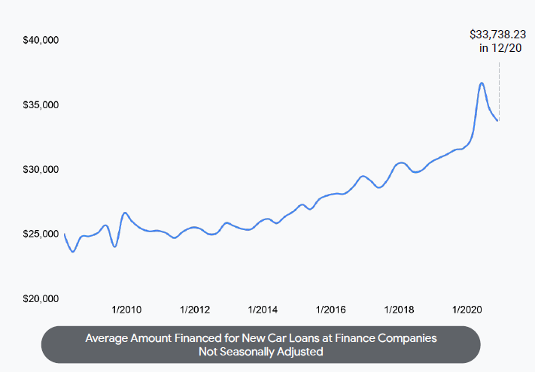As we wrap up Q2, there are glimmers of hope after an almost-18-month pandemic. The unemployment rate is now at 6% (vs. 4% pre-pandemic, and 14% during the first month of the pandemic). The GDP is forecasted to grow 8% while personal income is forecasted to grow over 10%. At the same time, over 50% of Americans have received at least one dose of the COVID-19 vaccine, and retail vehicle demand is forecasted by HIS to hit over 14M – exceeding pre-pandemic levels.
And dealerships are facing a new challenge – driven by unexpected demand and chip/manufacturing shortages, inventory levels are at an all-time low. To compound issues even further, this has driven the used car market to record levels – making it more difficult than ever to secure used inventory.
As we enter Q3, how does a dealership deal with these unprecedented conditions? How can preparations be made for a successful second half of the year? Surprisingly, the answers lie squarely in your digital marketing strategy.
“There is no question that sales of specific models in specific geographies are being disrupted by low inventories, but consumers are nevertheless demonstrating their willingness to buy despite having fewer vehicles to choose from in retailer inventor” – Thomas King, President of the Data and Analytics, J.D. Power

First – let’s take a look at the market. Even though inventories are low – consumers are staying in-market with either a) switching to used, b) switching brands, or c) placing build orders. Consumers are also spending more than ever. The Board of Governors of the Federal Reserve System disclosed that the average amount financed for a new car loan hit an all-time high towards the end of 2020 (and is forecasted to go even higher in 2021).
A Google/LRWGreenberg Study also showed that for the first time ever, more than half of purchasers who searched switched brands from what they previously owned. The same study also revealed that 91% of shoppers consider multiple brands while researching.
In this unique environment, if there is one thing that continues to remain, it is the importance of search engines and being “present” for those looking. A Google Gearshift study found that 79% of consumers used search engines to find the dealership they purchased their car from. Similarly, search was the most used tool for car research (followed by online video, dealer websites, and OEM websites). More interestingly, after seeing a TV advertisement for a new vehicle 90% of consumers said their first action to get more information was the internet search engine.
So, how can we use this to plan for a successful second half of 2021? The answer is to be present. While the knee-jerk reaction might be to cut advertising since inventory is low, being present where consumers are looking ensures that you continue to acquire and nurture your leads. While it may seem like going against the grain – similarly to what we saw as COVID hit, those who continue to invest in growing their presence ultimately are the ones that reap the benefit.
In a recent Google study, they showed that an investment in SEM, focusing on low-funnel keywords, generated sales activity as late as nine months after the initial click (with peak activity being at Month 5).
It’s more important than ever to make sure you are present in your marketplace, for your keywords, across the search platforms that your customers use (that means using not just Google, but Microsoft Ads as well!). Additionally, always remember that any traffic you drive to your website today can be remarketed to in the future. Creating awareness of your dealership today, even with low inventory, is crucial to establishing a sales pipeline for months and years to come.
“Today it’s important to be present, be relevant and add value.”
Original Source: https://read.nxtbook.com/digital_dealer/dealer_magazine/july_august_2021/how_to_use_digital_marketing_.html


